Treating for Head Lice: What You Need to Know
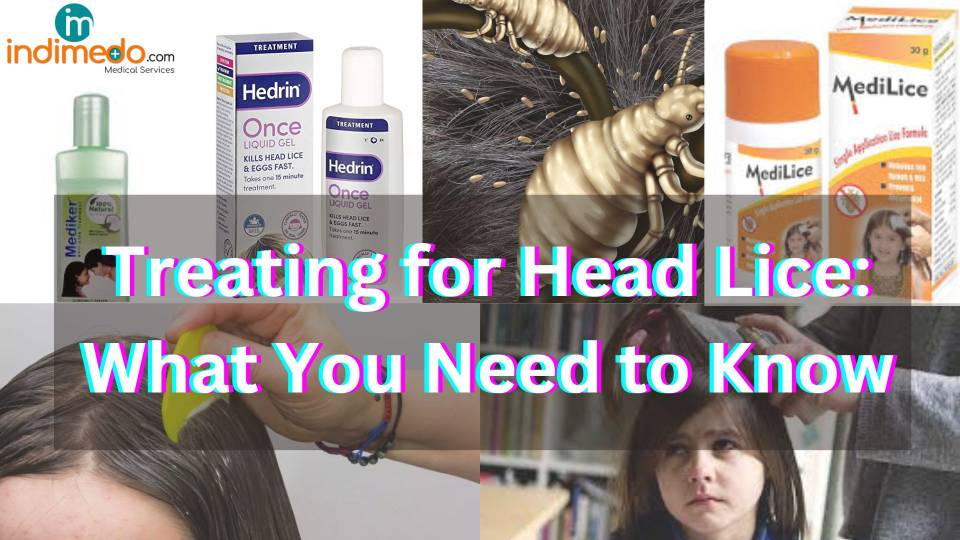
Introduction
Head lice are tiny insects that live on the human scalp and feed on blood. They are about the size of a sesame seed and are grayish-white or brown in color. Head lice are common, especially among children, and are easily spread through close contacts, such as sharing hats or combs.
Contrary to popular belief, head lice are not a sign of poor hygiene and can affect anyone regardless of cleanliness. They are also not known to spread disease, but their bites can cause itching and discomfort.
Head lice infestations can be treated with over-the-counter or prescription medications, as well as manual removal of the lice and their eggs, known as nits, with a fine-toothed comb. It's important to treat all members of a household who have been in close contact with the infested person to prevent re-infestation.
Treatment for head lice effective with one dose and no combing
There is currently no treatment for head lice that is effective with just one dose and no combing. Head lice are stubborn and hard to get rid of, and treating them typically involves a combination of methods, including medication and careful combing.
Medications such as pyrethrin or permethrin are commonly used to treat head lice. These medications work by killing the lice and their eggs, but they typically require multiple applications to be effective. It is important to follow the instructions carefully and apply the medication exactly as directed.
Combing is also an important part of treating head lice, as it helps to remove the lice and their eggs from the hair. A fine-toothed comb often called a nit comb, is typically used for this purpose. Comb the hair from the scalp to the ends, making sure to remove any lice or eggs that you find on the comb.
In addition to medication and combing, there are other steps you can take to help prevent the spread of head lice. These include avoiding close contact with others who have head lice, not sharing combs or brushes, and washing bedding and clothing in hot water.
What Causes Lice?
Lice are tiny insects that live on human hair and feed on blood from the scalp. They are highly contagious and can be easily spread from person to person through direct contact or sharing personal items such as combs, brushes, hats, and towels.
There are three types of lice that infest humans: head lice, body lice, and pubic lice. Each type of louse is adapted to live on a specific part of the human body and has different characteristics.
The exact cause of lice infestations is not known, but it is believed that they are most commonly spread through close personal contact. Other factors that can increase the risk of getting lice to include poor hygiene, crowded living conditions, and sharing personal items with someone who is infested.
Symptoms of Lice
Lice are tiny parasitic insects that live on the scalp and feed on human blood. They can cause intense itching and discomfort and can spread easily from person to person through close contact or sharing of personal items such as combs, hats, and towels. Some common symptoms of lice infestation include.
- Itching: This is the most common symptom of lice infestation. The itching can be mild to severe and is usually worse at night.
- Visible lice or eggs (nits): Lice are tiny, about the size of a sesame seed, and can be difficult to spot. They are usually found on the scalp, behind the ears, and at the nape of the neck. Nits are small, oval-shaped eggs that are attached to the hair shaft near the scalp.
- Red bumps or sores on the scalp or neck: These can be caused by scratching the itchy areas and can become infected if not treated.
- Difficulty sleeping: The itching and discomfort can make it difficult to fall asleep or stay asleep.
- Irritability: Children with lice infestations may become irritable and have difficulty concentrating in school.
If you suspect that you or someone in your family has lice, it is important to seek treatment promptly to prevent the infestation from spreading.
When to Seek Medical Help?
If you cannot get rid of the lice even after using home remedies, you should visit a doctor who might prescribe medicated shampoos or oils. However, if the problem persists even after using prescribed oils or shampoos, you should revisit your doctor and inform them about the severity. You should seek immediate medical advice, if you see any signs of infection, such as:
- Sores that do not heal
- Fever
- Pain in your scalp
- Swelling in your scalp
- Redness of scalp.
Natural lice treatment
There are several natural remedies that may help in treating lice infestations. Here are some options:
- Tea tree oil: Tea tree oil has natural insecticidal properties and may help kill lice. Mix a few drops of tea tree oil with coconut oil and apply it to the scalp. Leave it on for at least 30 minutes before washing it off with shampoo.
- Vinegar: Vinegar may help loosen the glue that lice use to attach their eggs to the hair shaft. Mix equal parts of vinegar and water and apply the solution to the scalp. Cover the head with a shower cap for a few hours before washing it off.
- Mayonnaise or olive oil: Applying mayonnaise or olive oil to the hair and scalp can help smother and suffocate the lice. Apply a thick layer of either substance to the hair and scalp, cover it with a shower cap, and leave it on for several hours or overnight. Wash it out with shampoo and comb the hair with a fine-toothed comb to remove any remaining eggs.
- Garlic: Garlic has natural antiparasitic properties that may help kill lice. Crush a few garlic cloves and mix them with lime juice. Apply the mixture to the scalp and leave it on for 30 minutes before washing it off with shampoo.
Shampoo to get rid of lice
Here are some popular lice shampoos that you can consider:
- Nix: This shampoo contains permethrin and is effective against both lice and their eggs. It's available over the counter and can be used on children as young as two months old.
- Rid: This shampoo contains pyrethrin and is also effective against lice and their eggs. It's available over the counter and can be used on children as young as two years old.
- Licefreee!: This shampoo contains a non-toxic formula that uses natural oils to suffocate and kill lice and their eggs. It's also available over the counter and can be used on children as young as six months old.
- Sklice: This shampoo contains ivermectin, which is a prescription-strength treatment for lice. It's used for severe cases of lice infestations and should only be used under the guidance of a healthcare provider.
How To Remove Lice Eggs
Removing lice eggs, also known as nits, can be a challenging task, but here are some steps you can take to help remove them:
- Use a fine-toothed comb: A specialized nit comb with fine teeth can help you remove the lice eggs from your hair. Comb through small sections of hair, starting at the scalp, and work your way down to the ends of the hair.
- Apply oil or conditioner: Applying oil or conditioner to your hair can make it easier to remove the lice eggs. The oil or conditioner helps to loosen the eggs from the hair shaft, making them easier to comb out.
- Repeat the combing process: You may need to repeat the combing process several times to remove all the lice eggs. Be sure to clean the comb after each pass through the hair.
- Use a magnifying glass: Using a magnifying glass can help you see the lice eggs more clearly, making them easier to remove.
- Wash clothing and bedding: Lice can live on clothing and bedding, so it's important to wash these items in hot water and dry them on high heat to kill any lice or eggs.
- Seek professional help: If you're having difficulty removing lice eggs, you may want to consider seeking professional help from a healthcare provider or lice removal service. Remember, removing lice eggs is only one part of treating a lice infestation. You will also need to treat the lice themselves to completely get rid of the problem.
Conclusion
Itching in your head can make you scratch your head a little too much than you might like. It may be due to an infestation of your hair and head with lice. Head lice can infest anybody, and it is more common in school-going children, as they are more likely to share combs, hats, etc., and come in head-to-head contact with others. There are a few home remedies such as lavender oil, eucalyptus oil, and others that you can use to get rid of this lice infestation. You should seek medical advice if head lice persist even after using home remedies. Your doctor might prescribe medicated shampoos or oils for use.

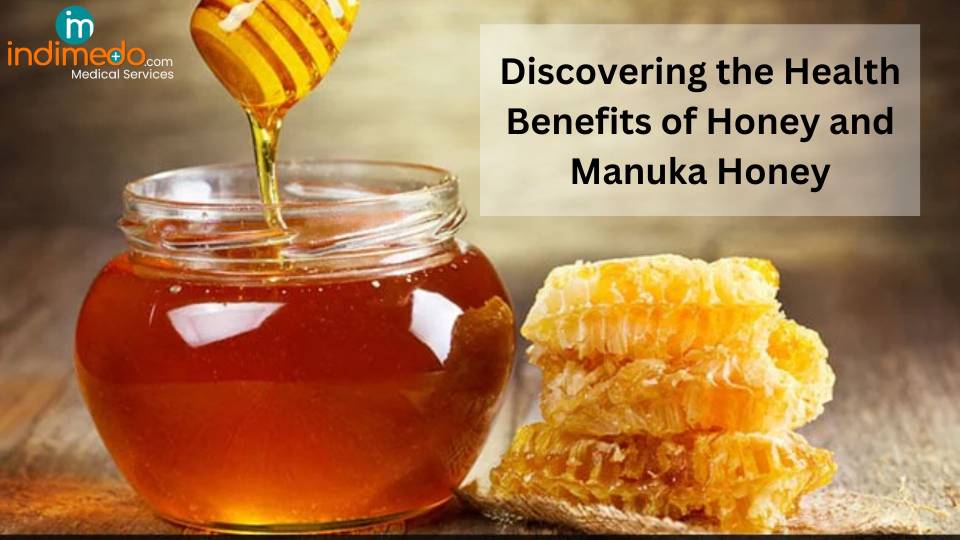
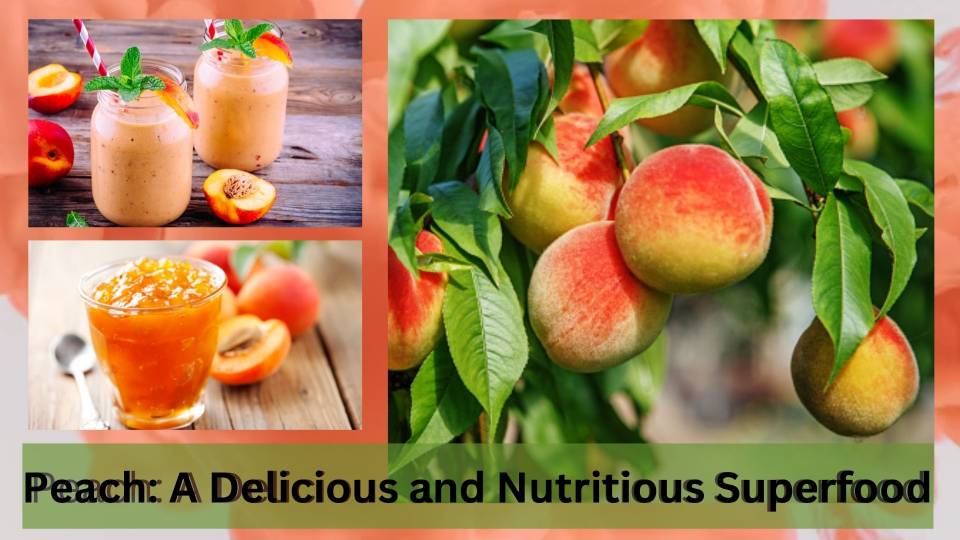
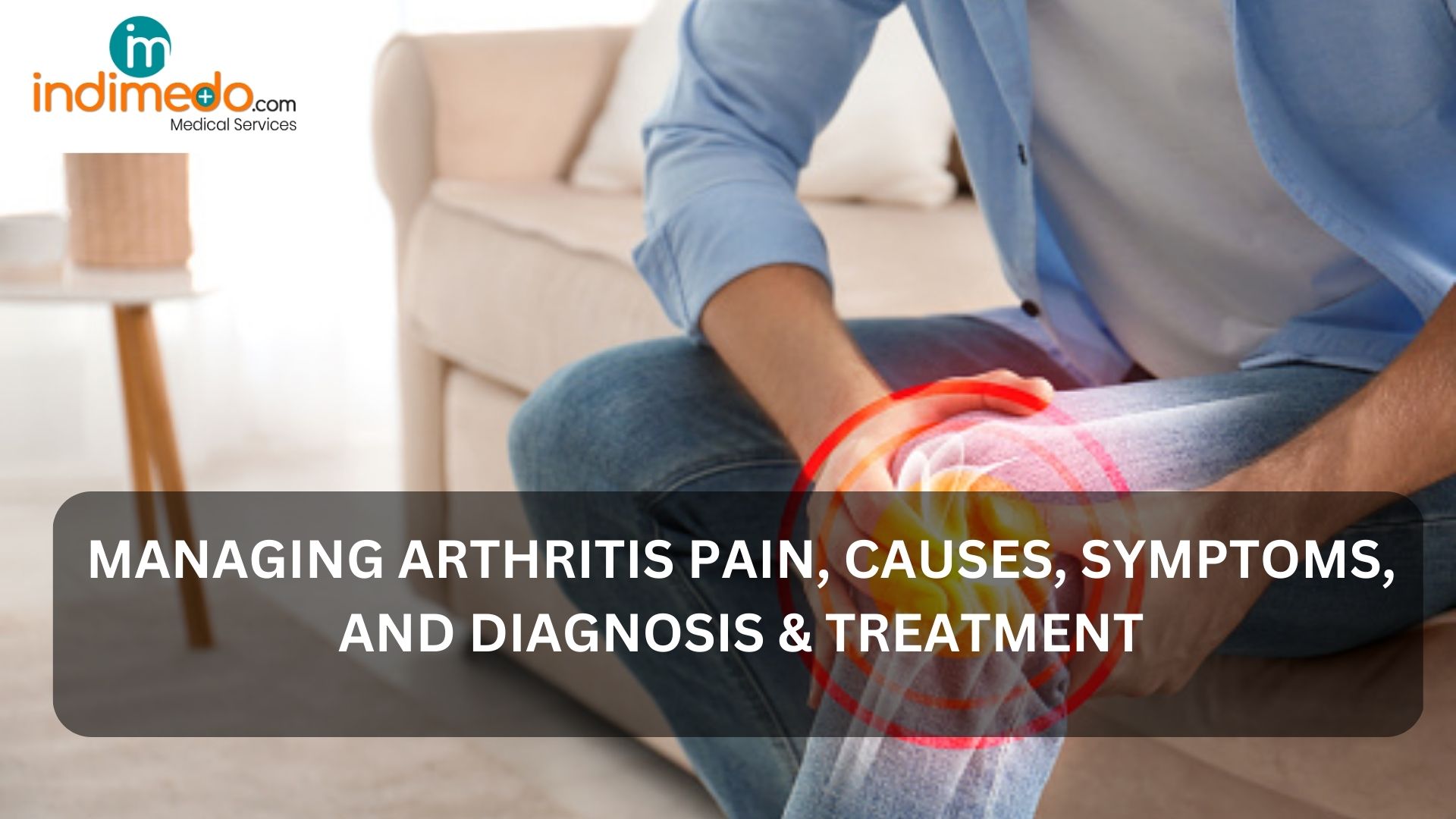
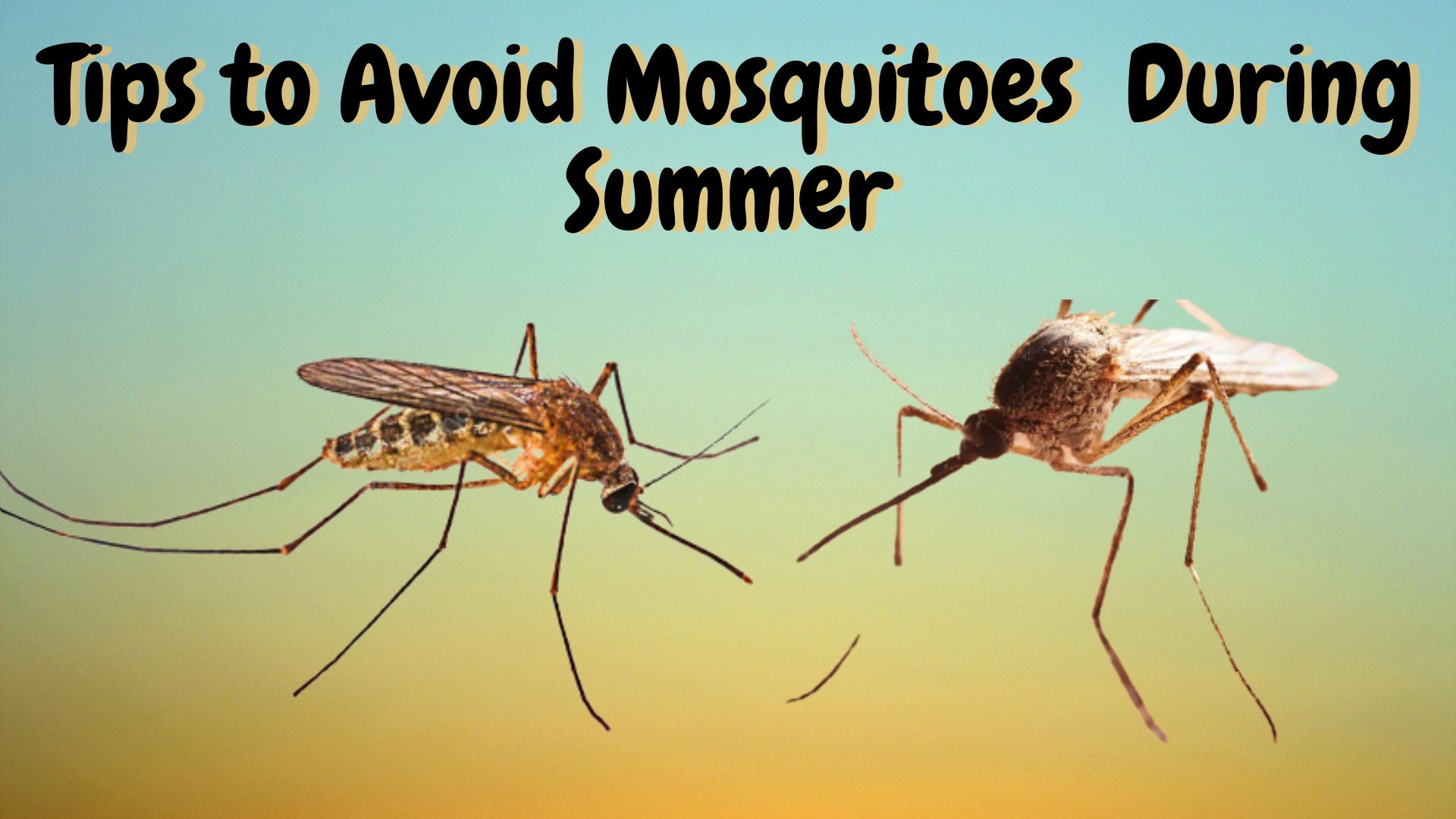
 Login with Facebook
Login with Facebook
 Login with Google
Login with Google